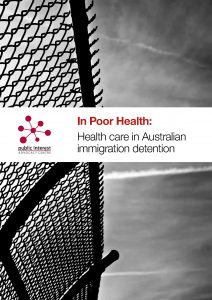Victoria has passed legislation to licence the labour hire industry. Occupational health and safety (OHS) gets a mention, in some ways.
The objects of this Act seem fairly straightforward:
- ” to protect workers from being exploited by providers of labour hire services and hosts; and
- to improve the transparency”
The explanatory memorandum sounds promising. Clause 23 says:
“Subclause (1) states that if an application for a licence or renewal of a licence is made by an applicant who, at the time of making the application, is conducting a business that provides labour hire
services, the applicant must include with the application a declaration that, to the applicant’s knowledge, the applicant complies with the various laws that are set out so far as they relate to the business to which the licence relates. Examples of
such laws include workplace, taxation and occupational health and safety laws.”
The good news is that OHS is stated as an example of the type of information required in a licence application.

 One of the most rewarding sources of occupational health and safety (OHS) information is the literature review undertaken by, usually, university researchers. It is rewarding because someone else has done most of the reading for you and the spread of resources can be massive and/or global. But, there can also be missed opportunities from taking a narrow scope and from excluding some non-peer-reviewed analysis. One of these involves a systematic review of lost-time injuries in the global mining industry.
One of the most rewarding sources of occupational health and safety (OHS) information is the literature review undertaken by, usually, university researchers. It is rewarding because someone else has done most of the reading for you and the spread of resources can be massive and/or global. But, there can also be missed opportunities from taking a narrow scope and from excluding some non-peer-reviewed analysis. One of these involves a systematic review of lost-time injuries in the global mining industry. 
 Safe Work Australia’s
Safe Work Australia’s  A SafetyAtWorkBlog reader emailed me this question:
A SafetyAtWorkBlog reader emailed me this question: It is important to note that “
It is important to note that “